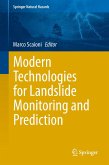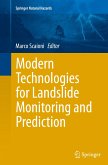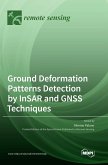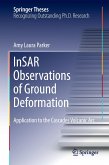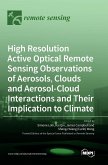Interferometric synthetic aperture radar (InSAR) has demonstrated its potential in monitoring geological disasters, e.g., in relation to subsidence, landslides, earthquakes, and volcanoes. Such monitoring results provide significant information for further physical modeling, driving mechanism interpretation, developments in early warning technology, and the management and formulation of policies by relevant authorities and stakeholders. This reprint focuses on monitoring and modelling of geological disasters using InSAR observations. The content covers topics such as PS/DS processing, deformation parameter inversion, motoring deformation (e.g., earthquakes, volcanoes, and oil extraction), and driving mechanism interpretation. These excellent reports significantly contribute to further developments in the monitoring and modeling of geological disasters using InSAR techniques.
Hinweis: Dieser Artikel kann nur an eine deutsche Lieferadresse ausgeliefert werden.
Hinweis: Dieser Artikel kann nur an eine deutsche Lieferadresse ausgeliefert werden.


